On April 22, terrorists rounded up men, women and children at the Baisaran meadow in south Pahalgam, asked the men their religion and then shot them dead in front of their wives and children. The Pahalgam attack widowed 25 women, one of them being married just a few days ago.
Two weeks later, on May 7, India carried out military strikes on terror camps in Pakistan and PoK in an operation fittingly named Operation Sindoor. Shortly after India struck nine terror bases — four deep inside Pakistan and five in Pakistan-occupied Kashmir — the Indian Army shared a photo of ‘sindoor’ (vermillion) with the mission name on X, and wrote: “#PahalgamTerrorAttack. Justice is Served. Jai Hind!”
Catch all the live updates from India’s Operation Sindoor here
Following the strikes, many have hailed the operation as it not only is a befitting response to the Pahalgam attack, but also for its name — a tribute to the women who lost their husbands in the Pahalgam terror attack.
What is sindoor and its significance?
Operation Sindoor has been named after sindoor, or vermillion, which is used by Hindu women to signify their marital status. Donned between the hair partition, sindoor is often considered as the holiest mark for a woman as she begins her journey as a wife.
Historically, it is said that the practice of applying sindoor dates back to the Harappan civilisation. Hindu scriptures also relay the message that Radha, Lord Krishna’s wife, wore sindoor on her forehead, which resembled the shape of a flame. It is also said that Sita, Lord Ram’s wife applied sindoor to please her husband, according to the Hindu epic, Ramayana.
But the use of sindoor isn’t just restricted to married women. In olden days, a sindoor tilak was worn by warriors heading into battle. Warriors in India have put tika or tilak, often of sindoor, on their forehead as they went to face the enemy.
Visuals and photos often depict the Rajputs and Maratha warriors with the red glistening mark on their forehead as they head their held high while battling the enemy for their land and dharma.
Why did India name the strikes Operation Sindoor?
Top sources within the government have now revealed that India’s military strike on terror camps in Pakistan and PoK in the wee hours of Wednesday was given the title Operation Sindoor personally by Prime Minister Narendra Modi. The name was given keeping in mind the widows of the April 22 Pahalgam terror attack.
Sources told India Today that the prime minister was very clear about the human cost of the terror attack. In fact, PM Modi closely supervised the mission, which unfolded amid rising diplomatic tensions between India and Pakistan.
It is reported that at the high-level meetings held over the past week, PM Modi emphasised that Indian men had been deliberately targeted, leaving behind widowed women and broken families. He also told officials that the response to the Pahalgam attack has to show that India would not let this go.
After all, who can forget the daunting images from the Pahalgam terror attack; the one of
Himanshi Narwal, a newly-married woman with her wedding chooda still on her hands, beside the body of Indian Navy officer Lieutenant Vinay Narwal.
And following Operation Sindoor, many of the women who were victims of the Pahalgam attack hailed the government’s response. Pragati Jagdale, whose husband Santosh was one of the 26 people killed in the Pahalgam terrorist attack, said it was a fitting tribute to the victims.
“Through Operation Sindoor, a tribute has been paid to those who were killed in the Pahalgam attack. I am thankful to Prime Minister Narendra Modi for carrying out Operation Sindoor. I am thankful that our emotions have been understood. Our sindoor was wiped out by terrorists but today I am very happy that under Operation Sindoor, our armed forces destroyed terrorists’ bases in Pakistan,” said Jagdale.
The wife of Shubham Dwivedi, who was also killed in the Pahalgam attack, echoed similar sentiments. “I want to thank PM Modi for taking revenge for my husband’s death. My entire family had trust in him, and the way he replied (to Pakistan), he has kept our trust alive. This is the real tribute to my husband. Wherever my husband is, he will be at peace today,” said Ashanya Dwivedi.
In Pune, Sangita Ganbote, the wife of Kaustubh Ganbote, said the government has respected those who lost their husbands by naming the counterstrike Operation Sindoor. “I cannot forget that day. I cry every day. We were waiting for Prime Minister Modi to take such action, and he has given them a befitting reply. Terrorists should be eliminated,” she was quoted as saying.
How did Operation Sindoor take place?
In the early hours of Wednesday, India launched the combined tri-series operation. The Indian Army, Navy and Air Force conducted precision strikes using loitering munitions at 1.44 am on terror infrastructure in Pakistan and Pakistan-Occupied Kashmir in response.
A total of nine sites were hit during Operation Sindoor — four in Pakistan and five in Pakistan-occupied Kashmir. The targets in Pakistan included Bahawalpur, Muridke and Sialkot — all having links to terror groups, the Lashkar-e-Taiba, the Jaish-e-Mohammed and Hizbul Mujahideen.
India after the attack issued a statement saying, “Our actions have been focused, measured and non-escalatory in nature. No Pakistani military facilities have been targeted. India has demonstrated considerable restraint in selection of targets and method of execution.
“These steps come in the wake of the barbaric Pahalgam terrorist attack in which 25 Indians and one Nepali citizen were murdered. We are living up to the commitment that those responsible for this attack will be held accountable.”
Following Operation Sindoor, Pakistan retaliated with cross-border firing and artillery shelling at Indian villages along the Line of Control, killing three civilians.
It is left to be seen what happens next — but as of now India has given Pakistan a befitting reply.
With inputs from agencies


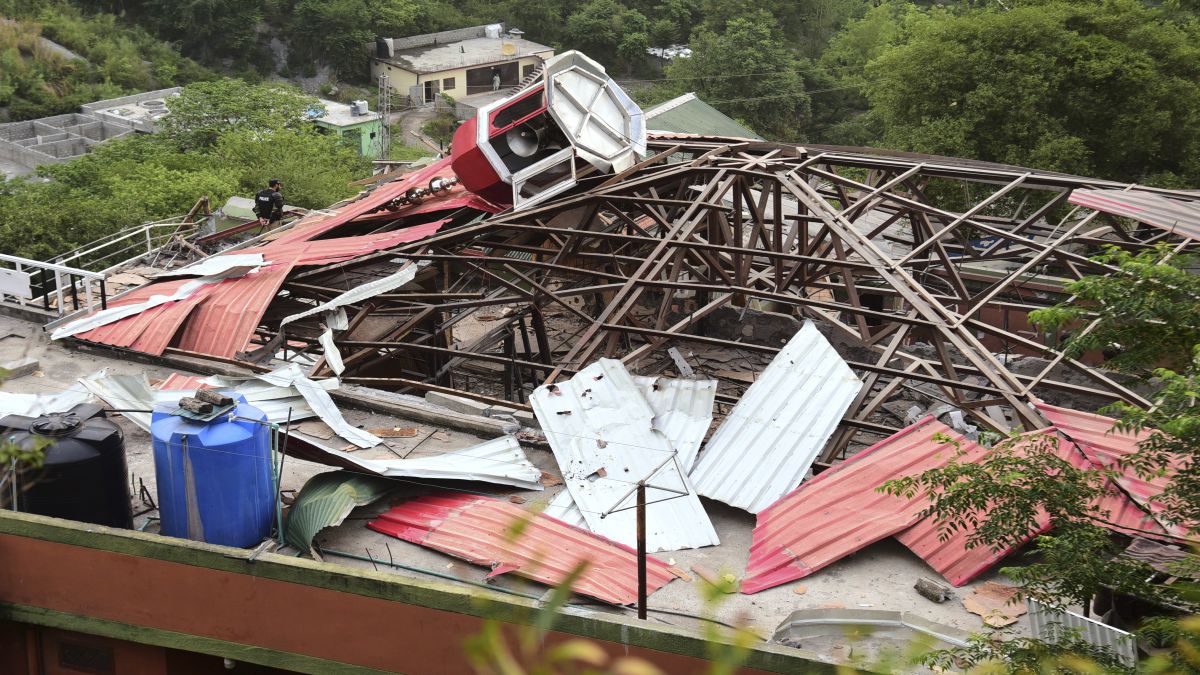)
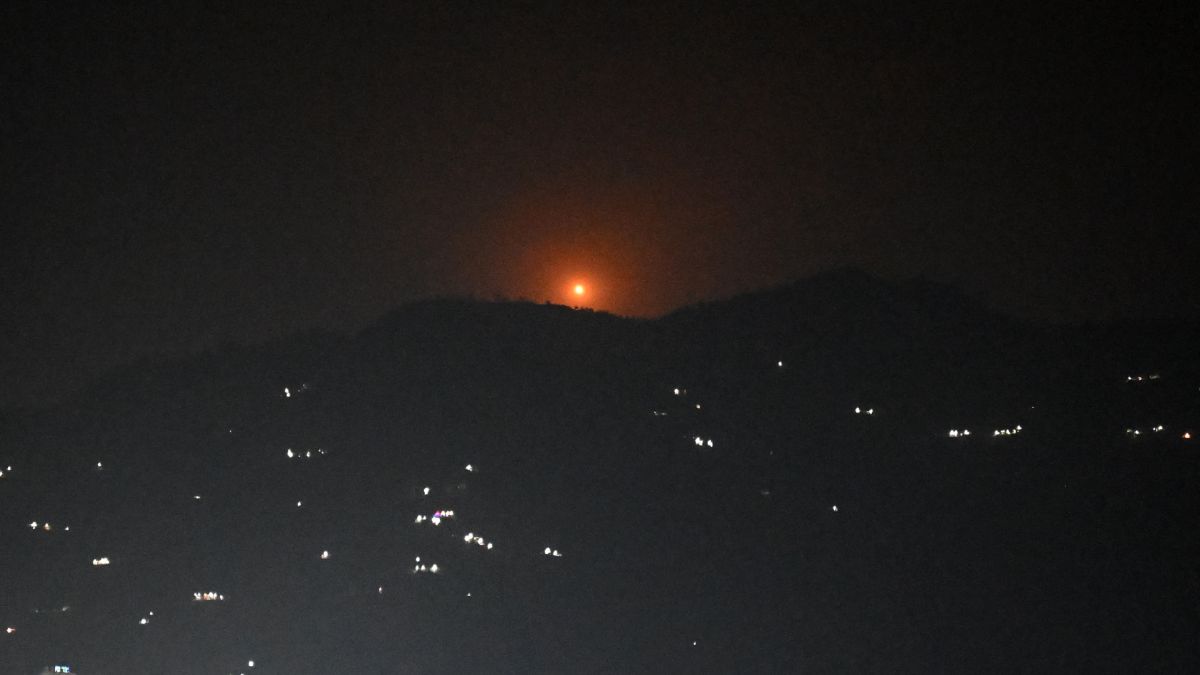)
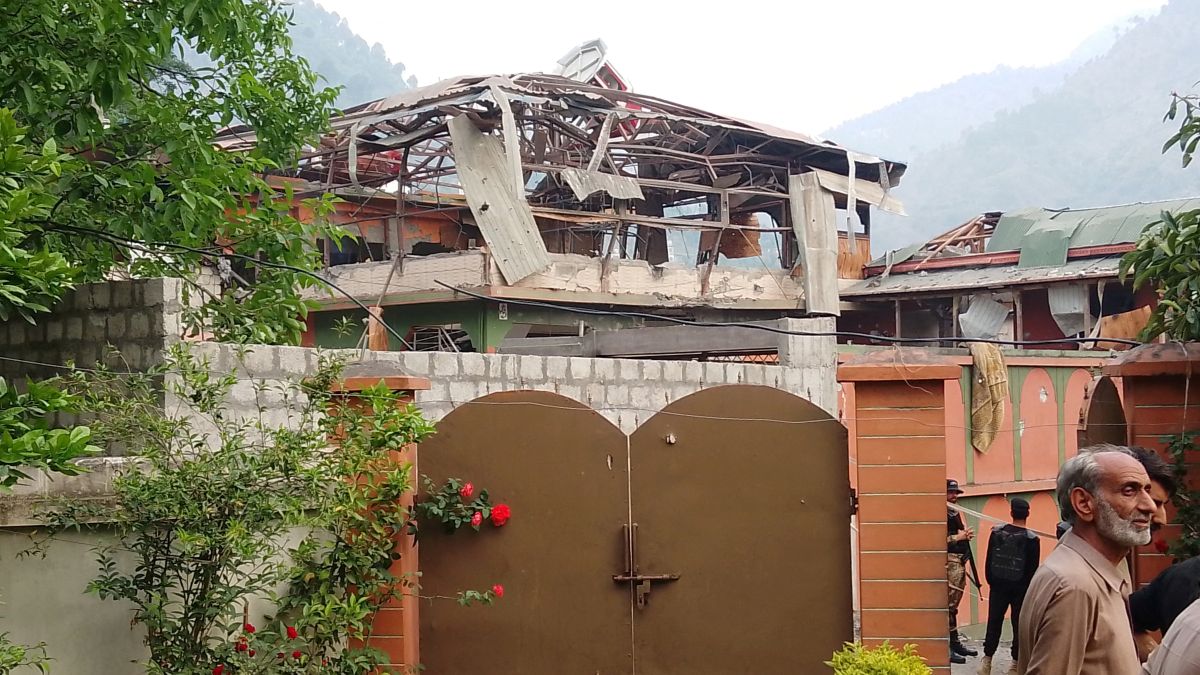)
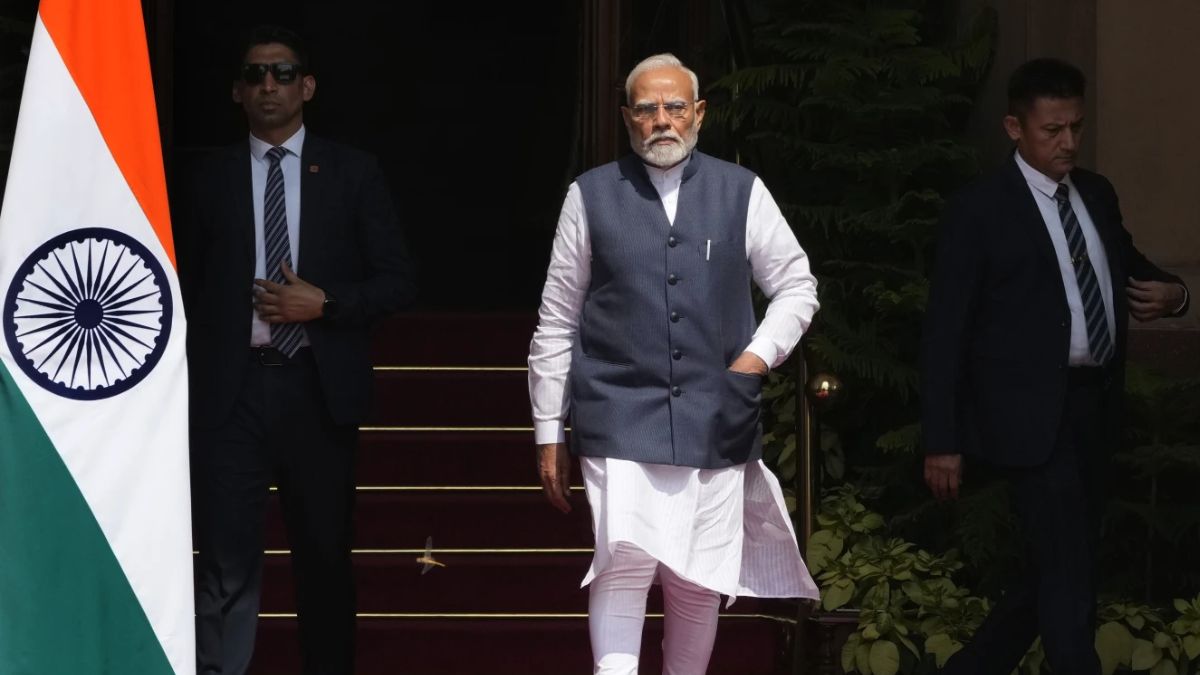)
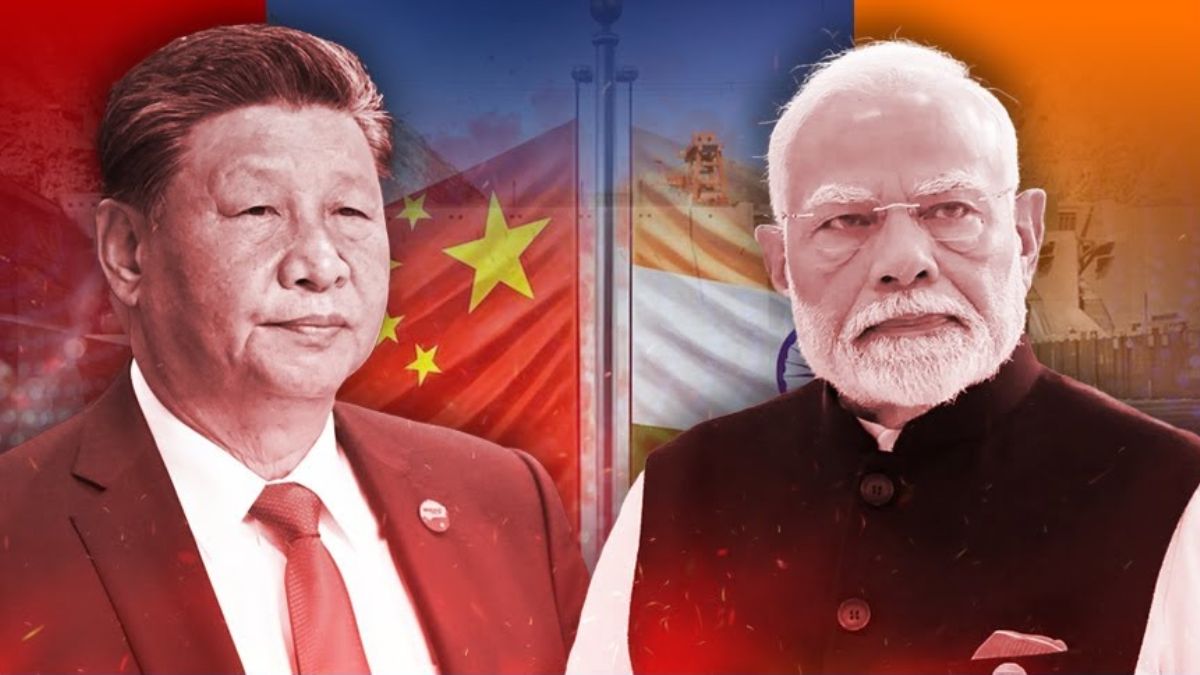)
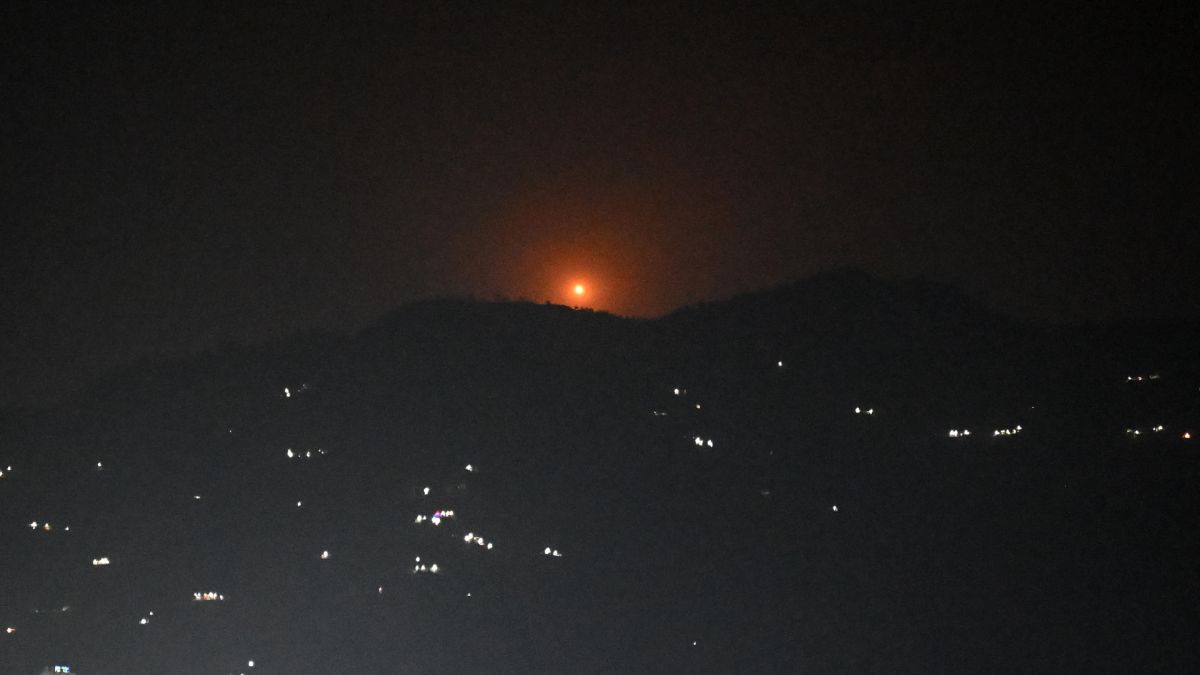)
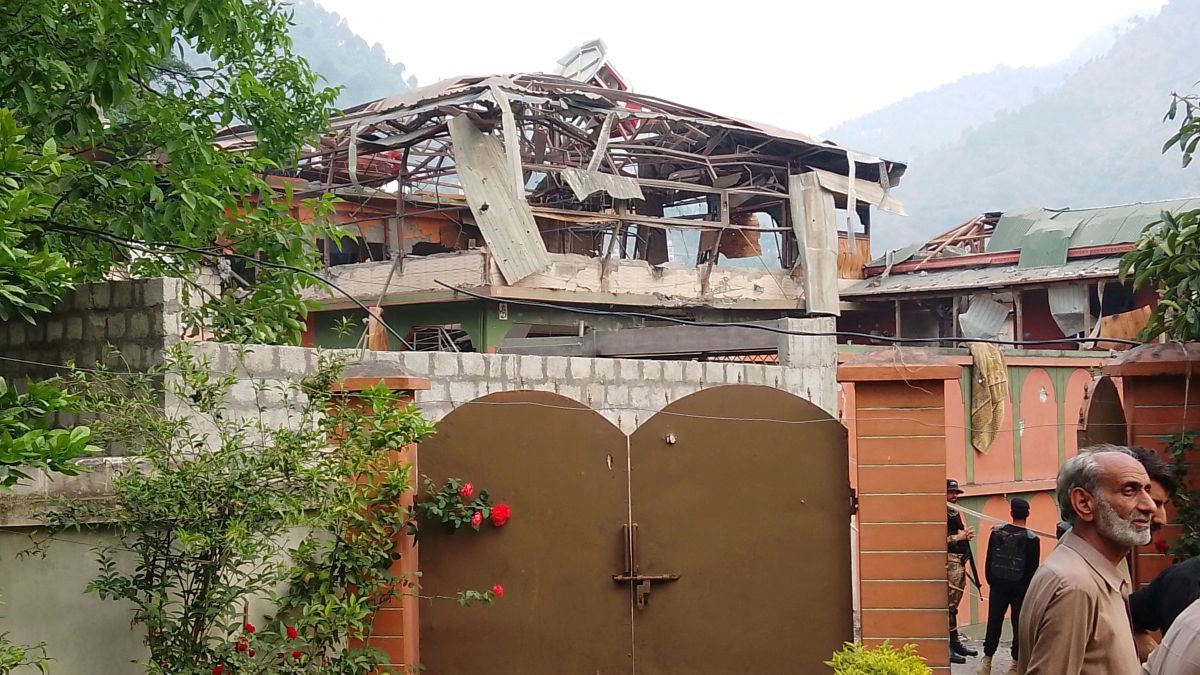)
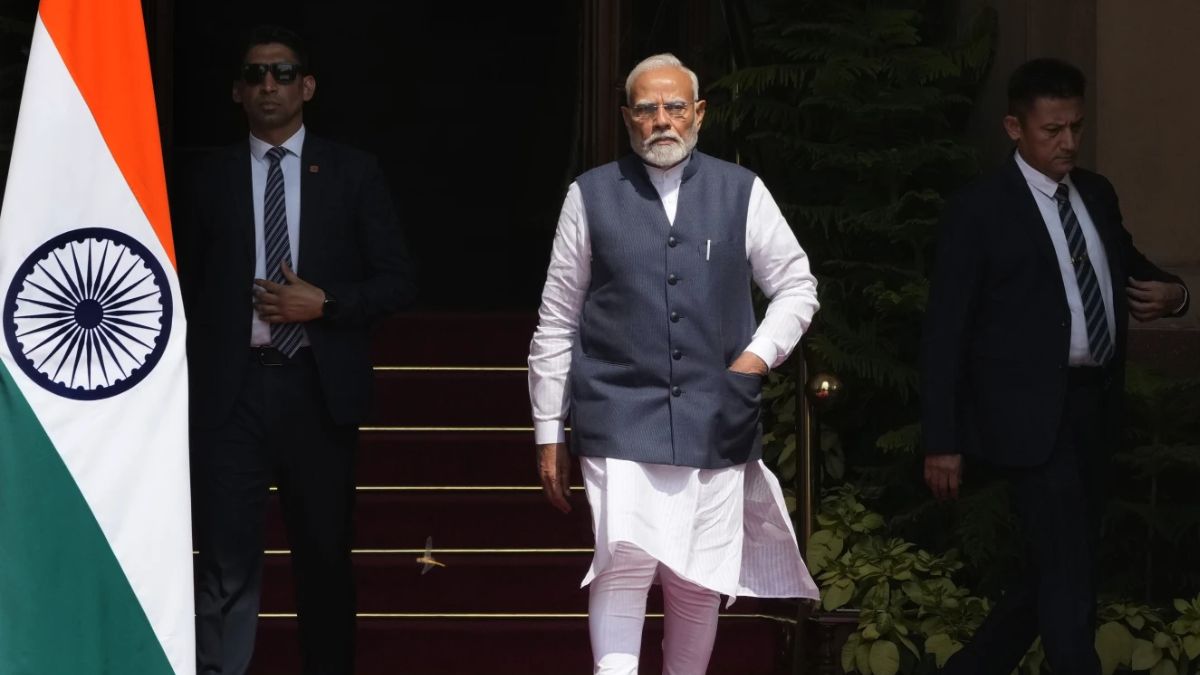)
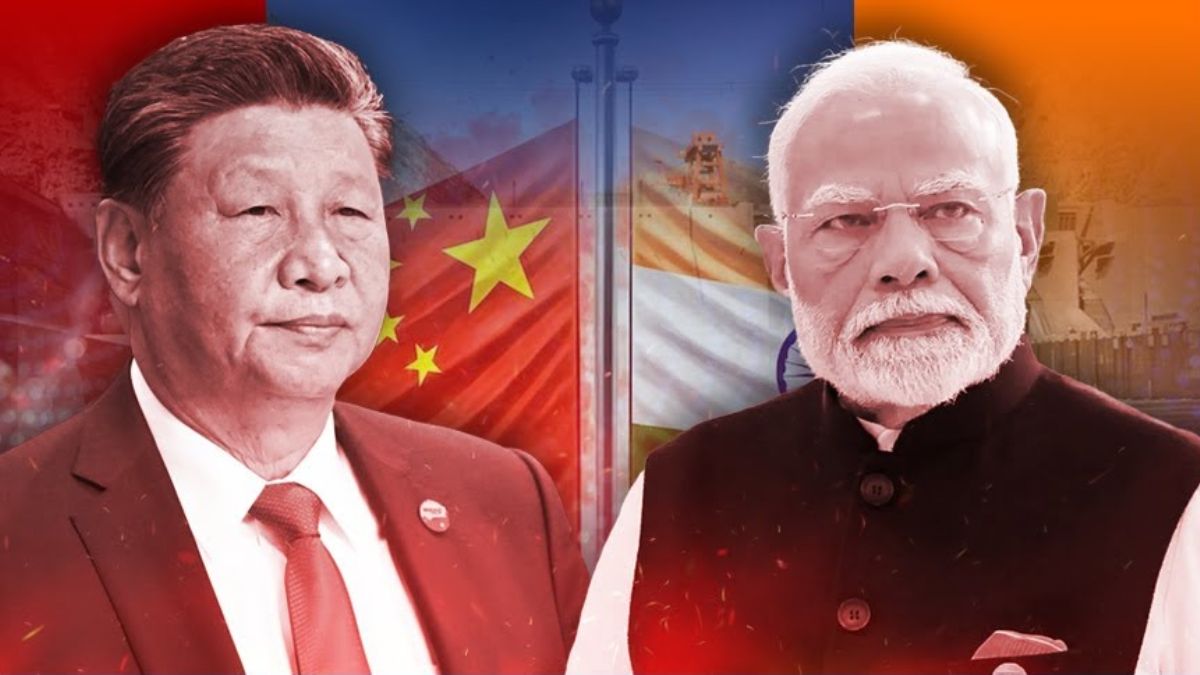)